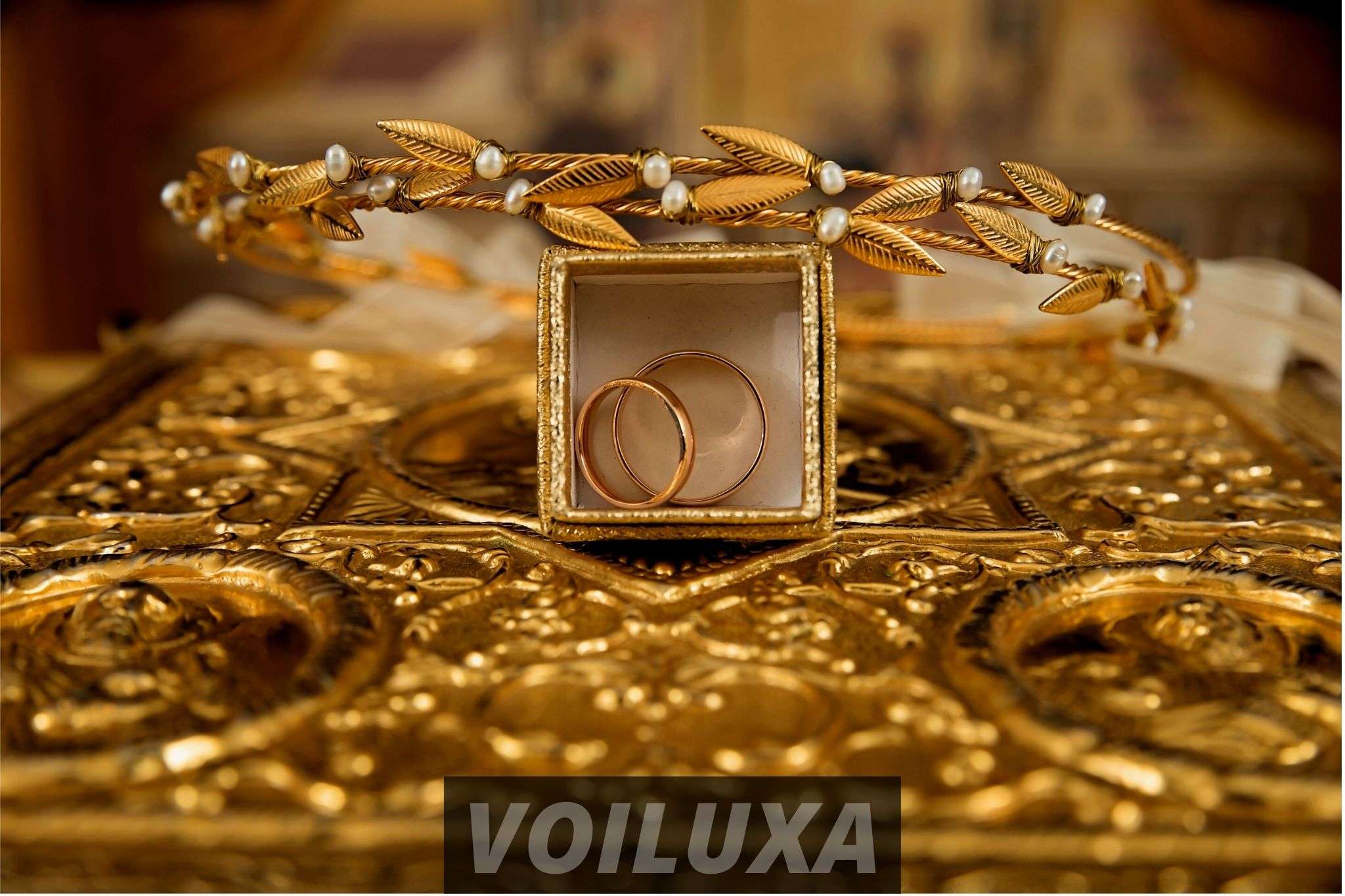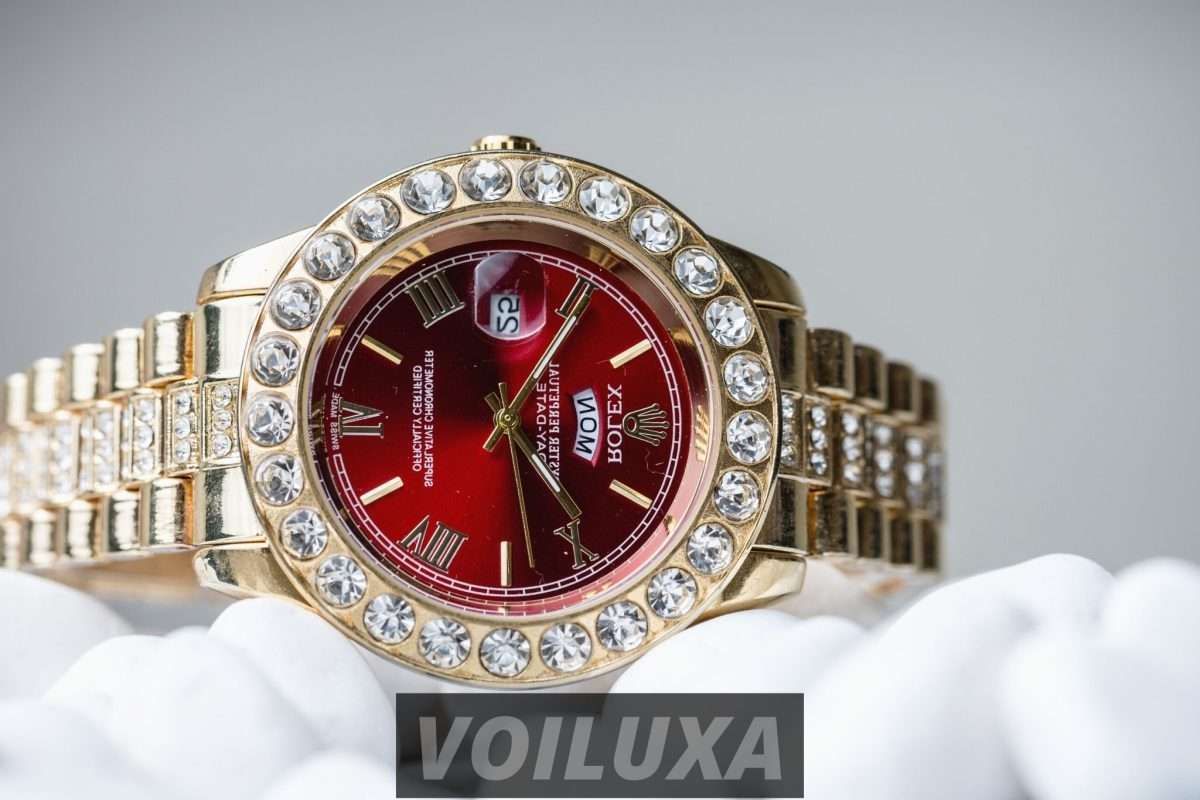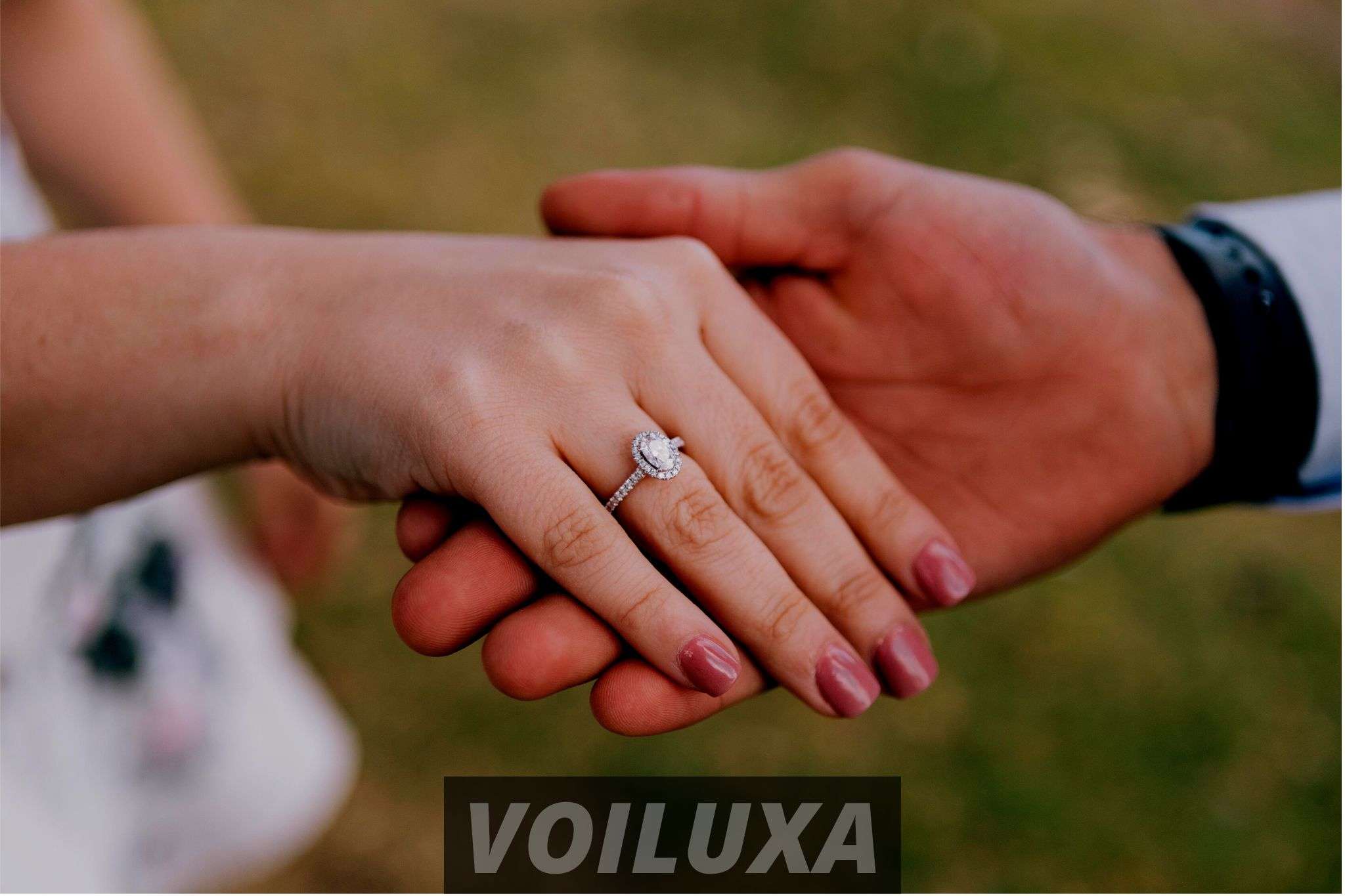About one in four households in India owns some gold jewellery. According to the World Gold Council, Indian gold jewellers [sell] more gold than any other country on earth and are responsible for nearly half of the world’s total output of gold jewellery. This means that Indian gold jewellers have been going strong for hundreds of years and are likely to continue their booming trend in the years to come. But why? What makes Indian gold jewellers so unique? Let’s look at what makes them an essential part of the Indian economy.
What exactly are gold jewellers?
These are one of several items included in All You Need to Know About Indian Gold Jewellers. Also included are sapphire jewellers, diamond jewellers, and ruby jewellers. What exactly are gold jewellers? Without proper care, these can become dirty and broken down pretty quickly. So if you want your gold jewellery to last for a long time, you have three choices: take it with you when you go swimming; spend some money on cleaning services, or learn how to clean them yourself using everyday household products that you have around your house. This is probably where most people make their biggest mistake. As a result, they purchase an item at a higher price to be cleaned professionally.
The origins of Indian gold jewellery
Indian gold jewellery dates back thousands of years, and the artisans who craft it have developed elaborate techniques to accentuate their art. Indian gold jewellers continue evolving with the times from their ancient roots, ensuring their practice remains culturally relevant and prosperous for generations. Where did it all begin? The earliest forms of traditional Indian gold jewellery can be traced thousands of years to the Indus Valley Civilisation, which spanned parts of today’s Pakistan and northwestern India from around 2600-1700 B.C. During the mid-2nd millennium B.C.
How were they created?
Gold jewellers have a long history in India, going back thousands of years. Traditionally, gold was smelted using clay furnaces built into hillsides or flat ground. It had to be heated at very high temperatures and melted over an open flame to purify gold. However, technology advanced, and innovative techniques were developed as time passed. Modern methods of refining gold include heating it until it turns into vapor and then condensing it into a solid form again through a process called distillation—kind of like how wine is turned into brandy! Gold jewellers produce bars of pure gold that are stamped with their logo or insignia.

A Brief History of gold jewellers in India
Dating back to the 9th century BC, India was famous for its silver jewellery and used pure gold for temple decorations. Later, Indians began to adorn themselves with gold pieces made of karat (92.5 percent pure gold) after Akbar ruled India in the late 1500s. Only men were allowed to wear jewellery during those times, and they could be imprisoned if caught wearing it by women. These laws encouraged jewellers to go underground and design even more exclusive pieces. The trend didn’t change until a few years later when another royal known as Mumtaz Mahal introduced heavy silk jewellery that became a favourite of Mughal queens.
Why is the traditional chain still preferred?
Traditionally, an Indian gold jeweller was worn for years and passed down generations. An Indian gold jeweller is considered unique because of its history and memories, so a worn-out chain with negative memories has been removed. In contrast, their owner has selected others in excellent condition as a future heirlooms. The Indian gold jeweller is also not only a jewellery piece, but it is also a way to show off one’s wealth as chains have always been made with real gold and precious gems such as diamonds. For these reasons why traditional chains are still preferred by many today, many still choose to wear conventional chains with their unique design, either by creating them themselves or commissioning someone else.
What is Kundan work?
Kundan work is a popular form of jewellery craftsmanship. It is characterised by intricate detailing and an elaborate aesthetic style. The jewellery in Kundan work features ornate beading and can feature precious gemstones as well. In Indian gold jewellers, it’s typically used for nose rings, necklaces, and bracelets for both men and women. Some Kundan Work designs include images of deities such as Ganesha or Krishna—or a blend of Western elements such as crosses with Hindu iconography. Western earrings are also a common element in Kundan designs—the most popular being fish hook styles that hang low like dangling earrings but fit comfortably like studs due to their adjustable clasps.
Who are the most prominent players in this industry?
Some of the largest gold jewellery companies are located in India. Akshaya Trims and Triveni Turquoise Pvt Ltd rank among some of India’s largest gold jewellers. Other notable players include Tanishq, Kalyan Jewellers, P N Thangalakshmi, Adani Enterprises, and Rajesh Exports Pvt Ltd. With a strong export market as well as its domestic presence, India ranks fifth globally in terms of volume produced; however, it’s also one of world’s top 10 markets for gold jewellery.
More on different kinds of Kundan work
Kundan work is one of those highly intricate forms of filigree where precious stones are set in gold. Designing Kundan designs and enhancing them with small diamonds, emeralds, rubies, pearls, and other gems requires time and technical know-how. The metal used for Kundan work must also be pure gold (at least 22 carats) not to lose its sheen. So when you buy jewellery from an Indian gold jeweller like Manish Dhanju Jewellers, make sure it is intricately carved and done by a skilled artisan who has been trained in such intricate work.

Conclusion
When you want to buy gold jewellery, it is essential that you only purchase items made in India. Many gold jewellers are located worldwide, but only India uses 24K and 22K gold. Gold jewellers in other countries may use 18Kor lower-quality gold. To ensure that you’re buying authentic and high-quality items, visit a local Indian gold jeweller. If you want make jewellery track for your jewellery. Read that “How to make jewellery rack“.




2 thoughts on “Indian Gold Jewellers : Everything You Should Know About”